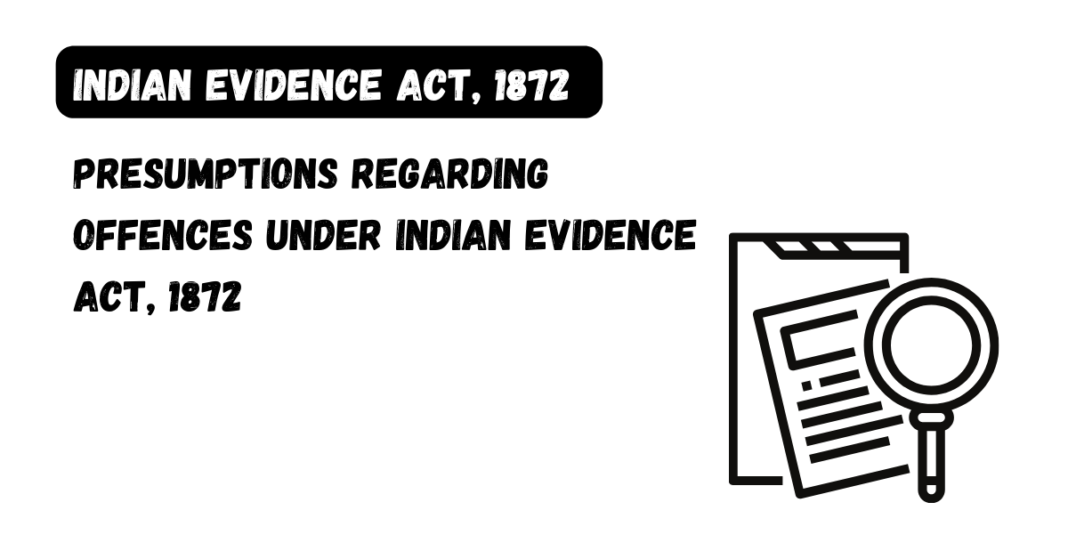Under the Indian Evidence Act, 1872, there are certain presumptions that arise regarding offences. These presumptions help in determining the burden of proof and shifting the evidentiary burden on the accused.
Presumption of innocence (Section 101)
Every person accused of an offence is presumed to be innocent until proven guilty. It is the duty of the prosecution to prove the guilt of the accused beyond a reasonable doubt.
Presumption as to dowry death (Section 113-B)
In cases of dowry death, where the death of a woman occurs within seven years of her marriage and there is evidence to suggest cruelty or harassment by her husband or his relatives for dowry, a presumption of abetment by the husband or his relatives in the woman’s suicide or murder arises, unless proved otherwise.
Presumption as to absence of consent in certain offences (Section 114-A)
In cases of certain sexual offences, such as rape or assault with intent to outrage the modesty of a woman, if it is proved that the victim stated in her evidence that she did not consent to the sexual act, the court shall presume that she did not consent.
Presumption of culpable mental state (Section 114)
When a person’s act is proved, but it is unclear whether it was done with a particular intent or knowledge, the court may presume that the person acted with the required mental state. For example, if a person is found in possession of a stolen item, it may be presumed that they knew the item was stolen.
Presumption of truth under certain circumstances (Section 80)
Statements made by public servants in official documents or proceedings are presumed to be true. This presumption applies to statements made in official records, reports, or certificates prepared by public servants in the course of their official duties.
Presumption of official acts (Section 114-B)
The court presumes that official acts, such as the signature or seal of a public officer appearing on a document, were done by the officer in their official capacity. This presumption is applicable unless evidence is presented to the contrary.





